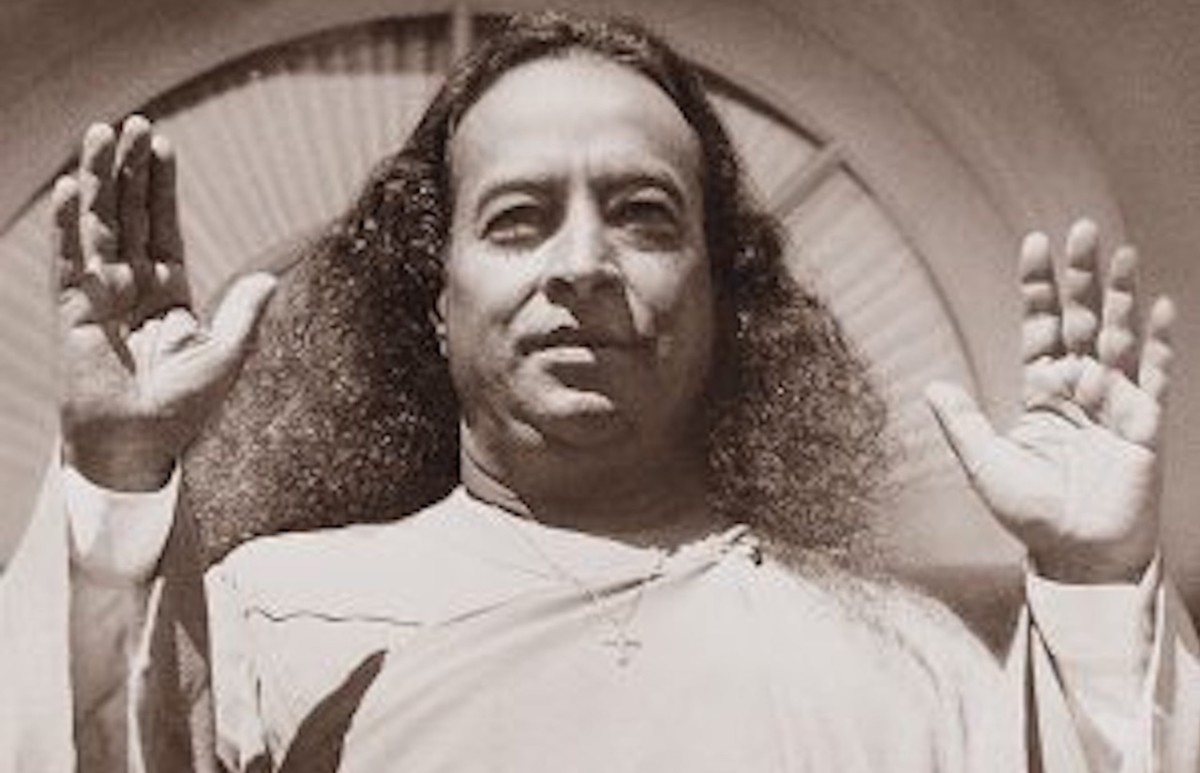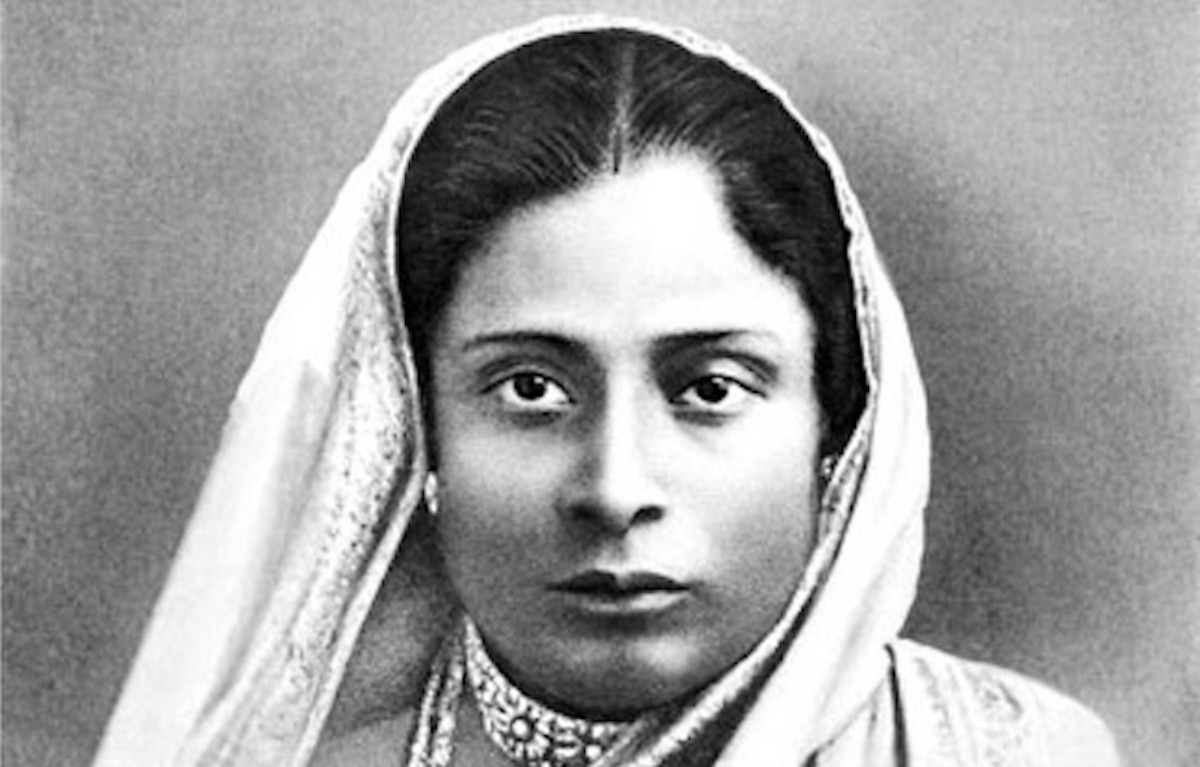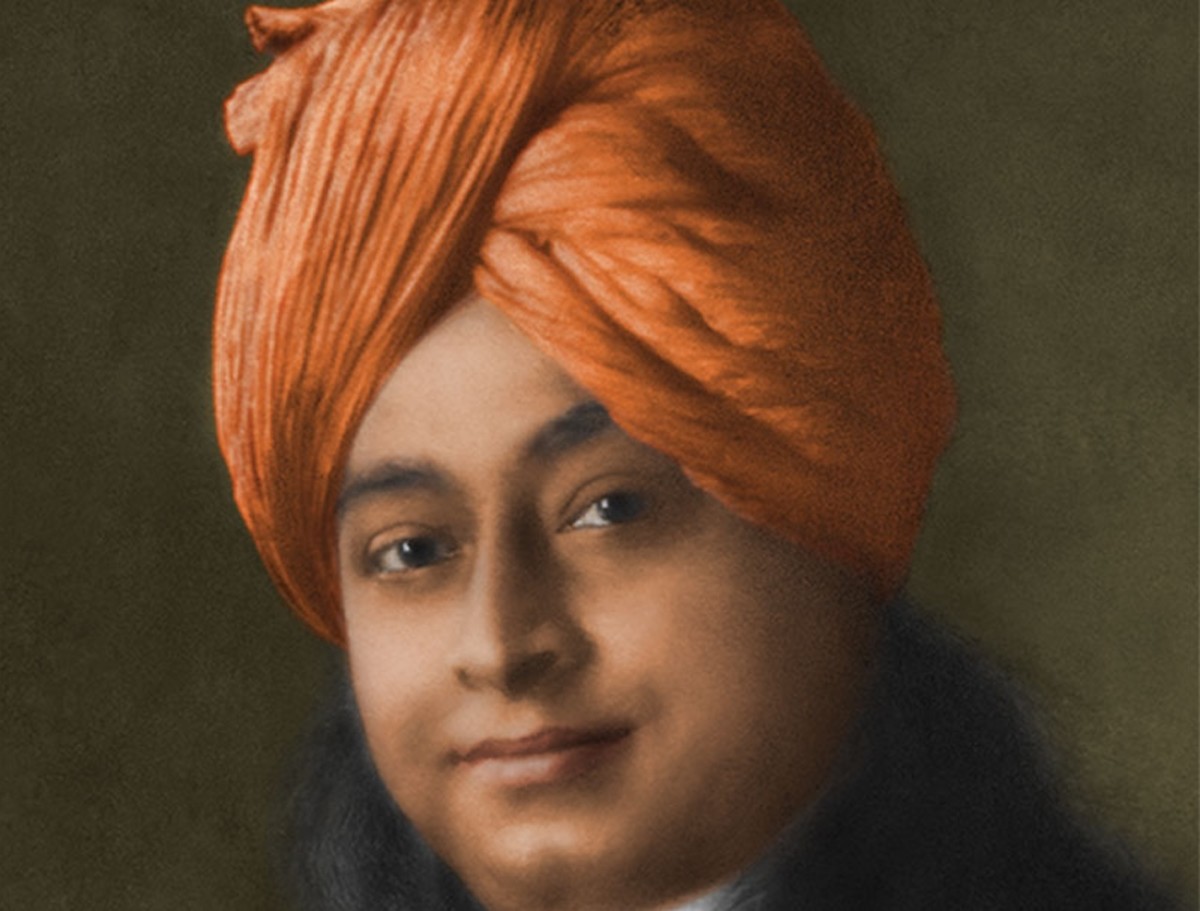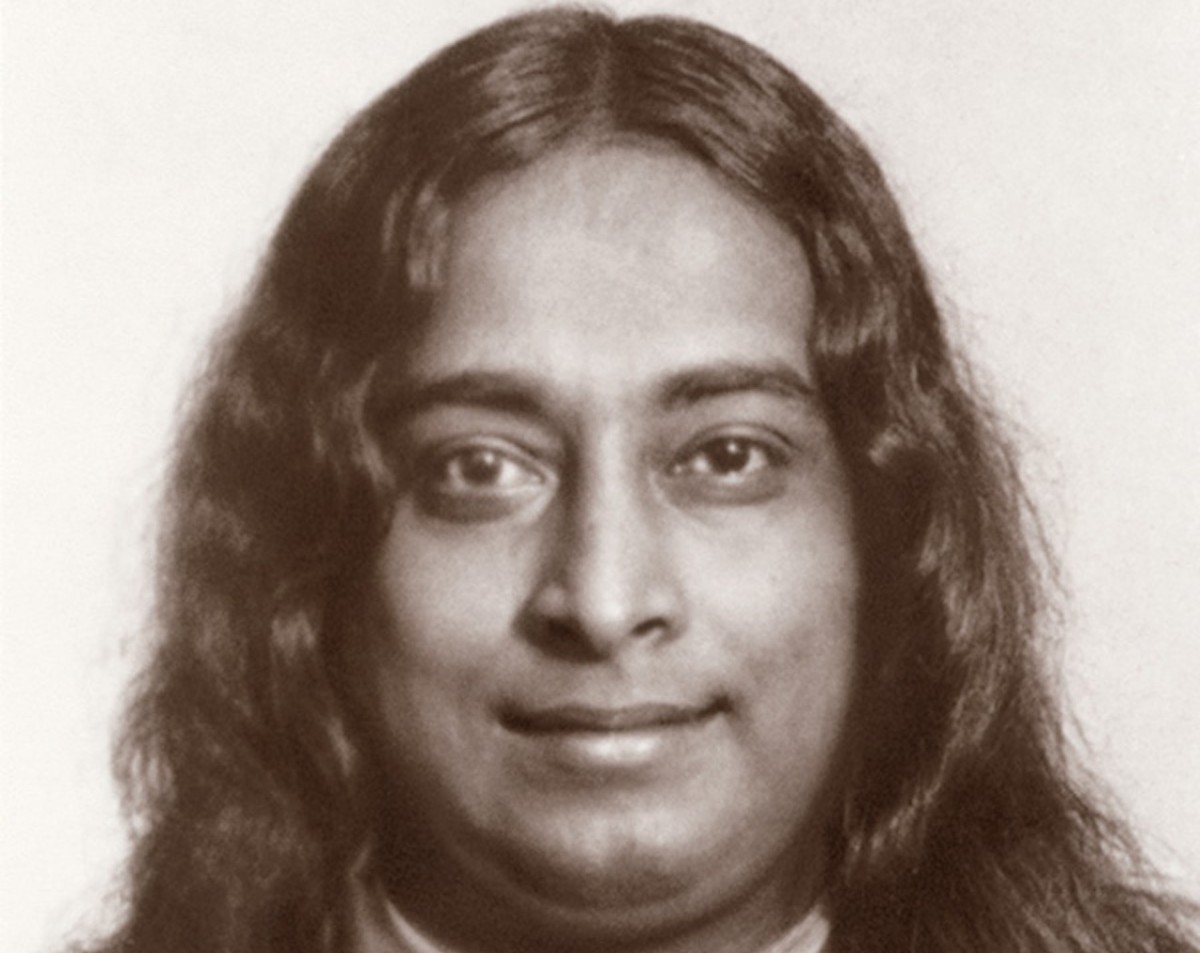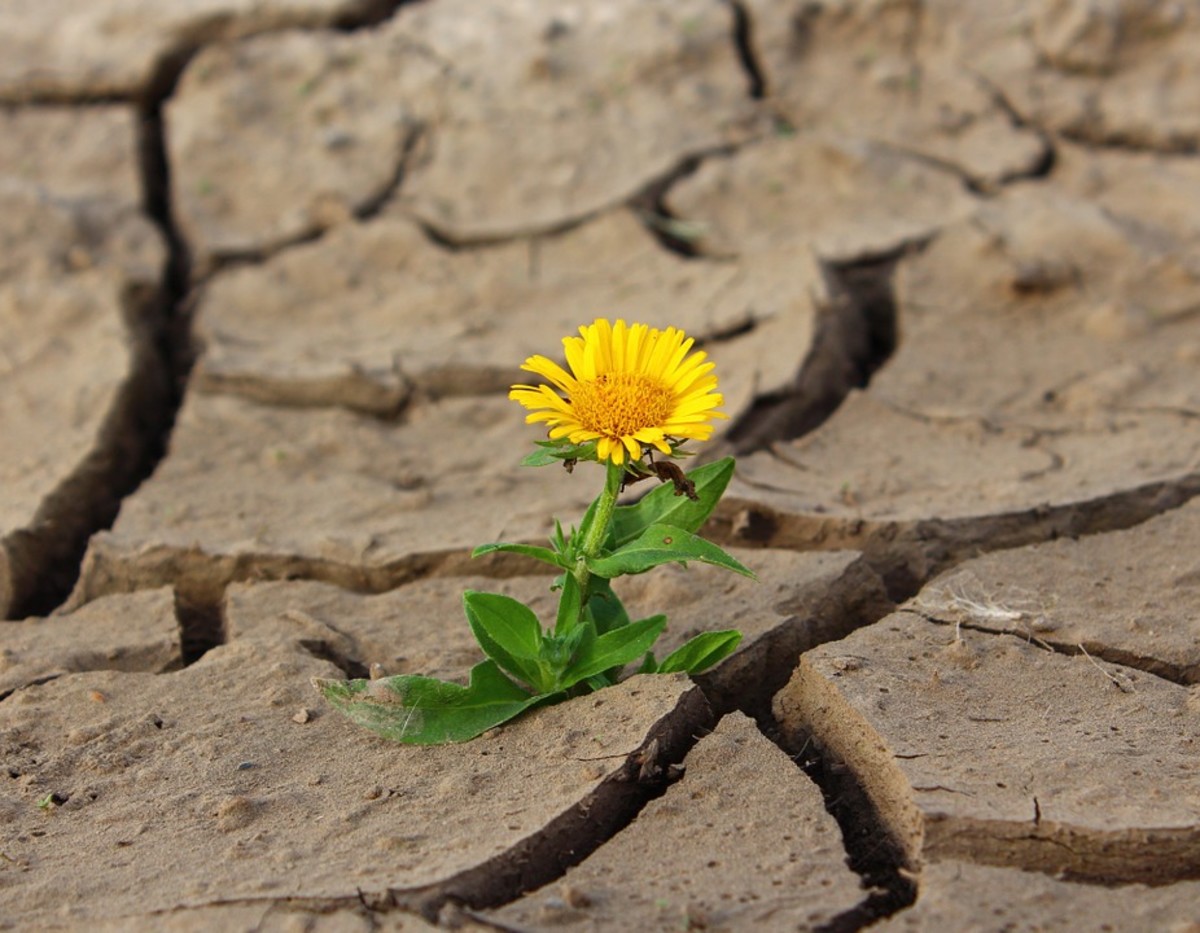Paramahansa Yogananda’s “The Grand Canyon of the Colorado”
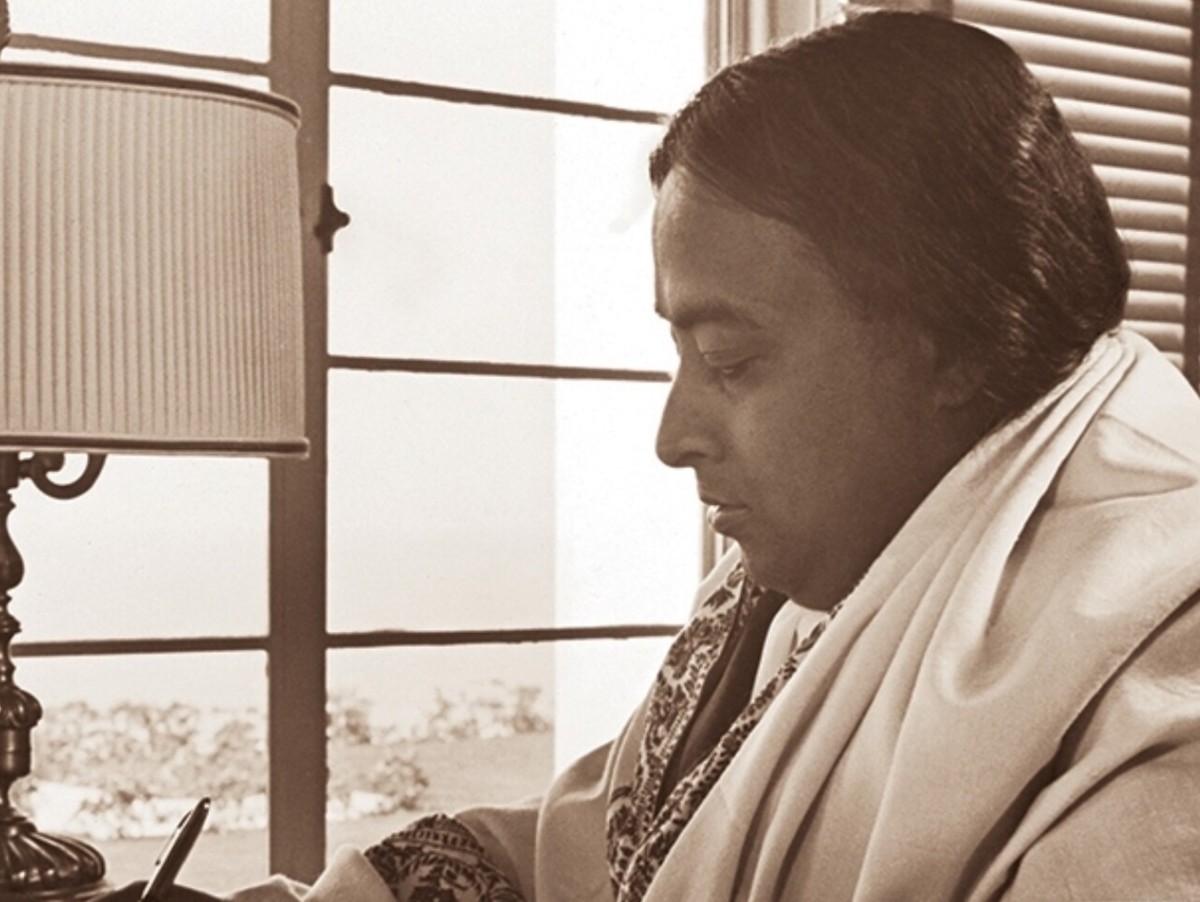
Introduction and Excerpt from "The Grand Canyon of the Colorado"
As a note attached to this poem explains, in 1882, the majesty of the natural formations in the Grand Canyon reminded Clarence Dutton, an American geological surveyor, of Indian temples; thus he named them after the Hindu Deities.
Paramahansa Yogananda later would dramatize the spiritual connection between natural and human-constructed temples to emphasize the unity of the Divine Creator.
Excerpt from "The Grand Canyon of the Colorado"
Who reigns in this canyon,
Deep and grand with measureless space —
The sun or moon! . . .
These shrines, though different, yet in unison
Do welcome all to see the One;
E'en as the temples of Shiva and Rama
In silence worship the one Brahma.*
*Three towering peaks (about 8,000 ft.) so named in 1882 by Clarence Dutton of the U.S Geological Survey because of their resemblance to Hindu temples.
(Please note: This poem appears in Paramahansa Yogananda's Songs of the Soul, published by Self-Realization Fellowship, Los Angeles, CA, 1983 and 2014 printings. A slightly different version of my poem commentary appears in my publication titled Commentaries on
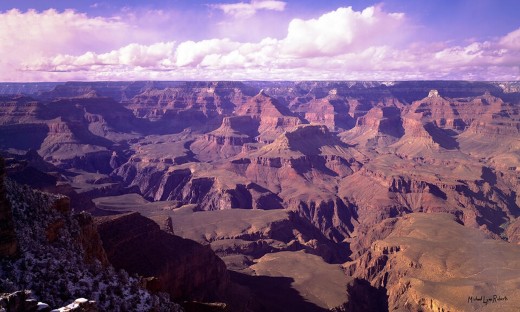
Commentary on “The Grand Canyon of the Colorado”
The speaker in Paramahansa Yogananda's "The Grand Canyon of the Colorado" reminds devotees that the Divine Creator is eternally present in the beautiful, natural formations that attract visitors from all over the world.
First Stanza: Is Sun or Moon King of the Canyon?
The speaker begins his dramatic reportage about the amazing canyon by asking whether it is the sun or moon that "reigns in the canyon." He then playfully suggests that the two orbs contend in a jealous frenzy to bring light to the places where dark exists. Interestingly, the darkness is not only dark, but it is also a “demon.”
The speaker adds that not only do the sun and then the moon try to drive out the darkness, but they also seek to illuminate the many colors that are painted on the canyon walls.
The “glory” of the canyon reminds the speaker immediately of places of worship; thus he refers to them as "crowded temple-peaks" that are both young and old.
Second Stanza: Temples of Rocks
The speaker refers to the rock formations as "shrines," claiming that they are "different, yet in unison," they call everyone to worship just as the Indian temples call devotees to come to pray, meditate, and bow before "the One."
Third Stanza: The Blessed Creator Permeates His Creations
Again, the speaker asks, "Who reigns here?" And, of course, the answer is God, the One—Who always reigns everywhere. The speaker avers that because of the differing sensibilities and values of “wide aesthetic needs,” worshipful signs appear on the earth through "different shapes and names / To inspire."
Nevertheless, when the soul is aroused by the strong "Spirit of Vastness," the devotee understands intuitively that God is that vast spirit, and worship comes as naturally as the rock formations that glorify the Grand Canyon.
The Lord's Handiwork
The spiritual reminders offered in the names of the Deities allow the visitors to the canyon to experience the call of wonder and depth of soul that they sense in silent worship.
As the devotees remember that all of this splendor was created by the same Creator, that every river and mountain, every forest and plain is His handiwork, they experience the awakened fervor of heart and soul.
The great guru continually redirects the devotees’ attention, so that they may learn to see God everywhere.
(Please note: The Denver Meditation Group of Self-Realization Fellowship offers a marvelous Web site documentary of Paramahansa Yogananda's visits to the Denver area.)
Related Paramahansa Yogananda Information
- Life Sketch of Paramahansa Yogananda: Father of Yoga in the West Paramahansa Yogananda is the monastic name of Mukunda Lal Ghosh. The sources for this brief life sketch of Paramahansa Yogananda are his Autobiography of a Yogi and the official Self-Realization Fellowship website.
Commentaries on Paramahansa Yogananda Poems
- Paramahansa Yogananda’s "Consecration" In the poem titled "Consecration," which opens Paramahansa Yogananda’s collection of spiritual poetry "Songs of the Soul," the speaker humbly consecrates his works to the Divine Creator. He also lovingly dedicates the collection to his earthly father.
- Paramahansa Yogananda's "The Garden of the New Year" In "The Garden of the New Year," the speaker celebrates the prospect of looking forward with enthusiastic preparation to live "life ideally!"
- Paramahansa Yogananda's "My Soul Is Marching On" This inspirational poem,"My Soul Is Marching On," offers a refrain which devotees can chant and feel uplifted in times of lagging interest or the dreaded spiritual dryness.
- Paramahansa Yogananda’s "When Will He Come?" How to stay motivated in pursuing the spiritual path remains a challenge. This poem, "When Will He Come?," dramatizes the key to meeting this spiritual challenge.
- Paramahansa Yogananda’s "Vanishing Bubbles" Worldly things are like bubbles in the sea; they mysteriously appear, prance around for a brief moment, and then are gone. This speaker dramatizes the bubbles’ brief sojourn but also reveals the solution for the minds and hearts left grieving for those natural phenomena that have vanished like those bubbles.
The Voice of Paramahansa Yogananda

This content is accurate and true to the best of the author’s knowledge and is not meant to substitute for formal and individualized advice from a qualified professional.
© 2025 Linda Sue Grimes

